30 August 2019
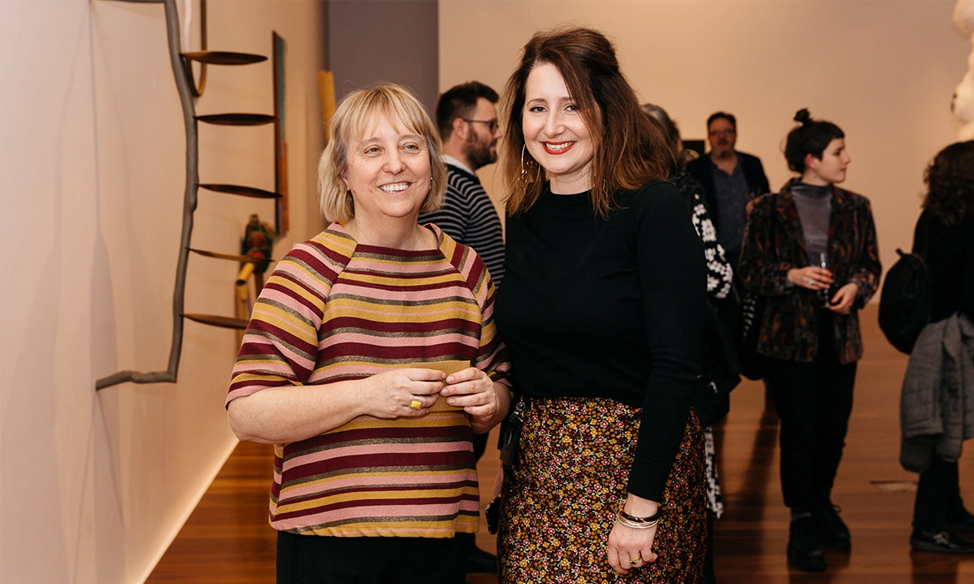
Louise Haselton
2019 South Australian Living Artists (SALA) Festival, Feature Artist
Bachelor of Visual Arts (Sculpture)
University of South Australia (UniSA) Visual Arts Alumna, lecturer in the School of Art, Architecture and Design (AAD), and 2019 SALA Feature Artist, Louise Haselton, currently has an impressive exhibition of inspiring new work – like cures like – on at the Samstag Museum of Art, curated by Gillian Brown.
As one of the University’s most prominent artists, over a twenty-five year period Haselton has established a predominantly sculptural practice utilising materials collected according to an affinity to form, surface or perceived history.
The exhibition, titled like cures like, spans both floors of the gallery and features six ambitious new works along with earlier works dating from the 1990s. They demonstrate the way in which an artist’s sensibility — Haselton’s understanding of when and where to intervene — can enliven seemingly inert elements.
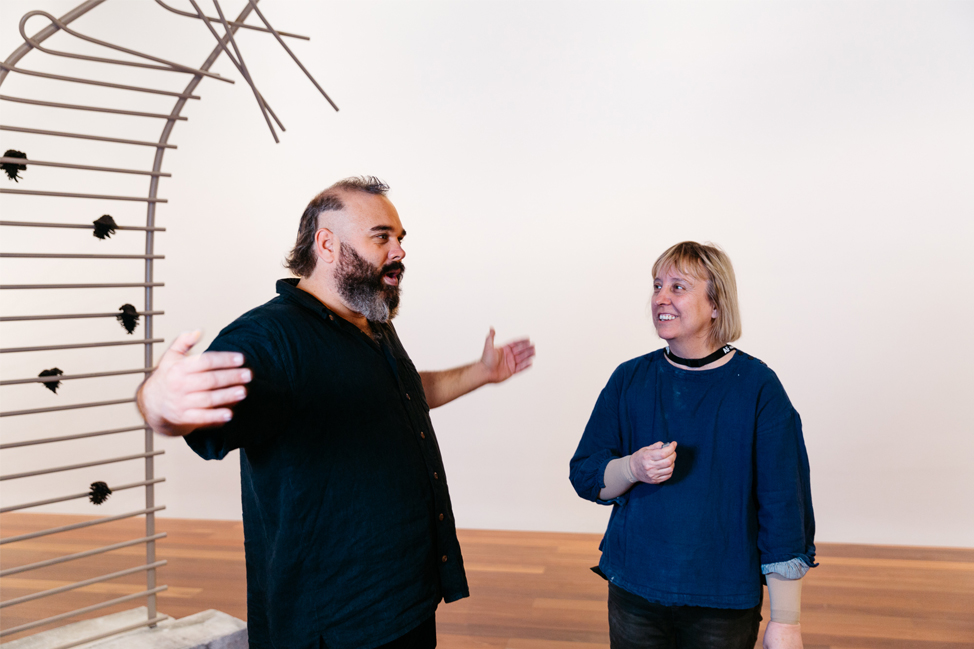
Born in South Australia, Haselton initially studied English literature, education, and comparative religions at the University of Adelaide, before living and working in London in the 1980s. While teaching there, her interest in art was sparked in that city’s museums and galleries, and she returned to Adelaide to study visual arts under artists Max Lyle, George Popperwell, and Fiona Hall at the University of South Australia.
Haselton had her first solo exhibition in Adelaide in 1993 before undertaking post graduate study in Melbourne, gaining a Master of Arts with a specialisation in sculpture from RMIT. Following that, she returned to Adelaide where she took up a fulltime teaching position here at the University of South Australia.
She has balanced that significant commitment to nurturing the next generation of artists here with a studio practise ever since.
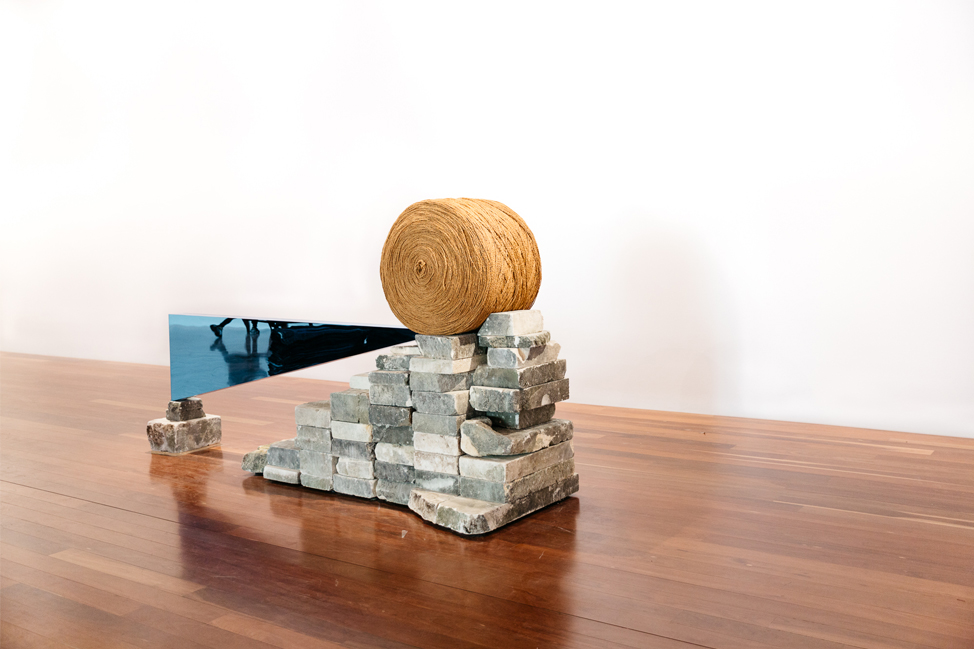
Each year SALA announces a Feature Artist to be the subject of a publication by SALA Festival Board in collaboration with the Government of South Australia and Wakefield Press. This year Louise Haselton was announced as the Feature Artist, as a renowned practicing artist working predominantly with sculpture and Studio Head of Sculpture and Installation in the School of AAD.
The publication, titled Louise Haselton: Act Natural, contains essays by Gillian Brown, Leigh Robb, and Jenna McKenzie and explores Haselton's unexpected, unconventional, and extraordinary oeuvre.
Below is an excerpt from the 2019 SALA Monograph Launch, where Louise Haselton joined exhibition curator Gillian Brown in conversation at the Samstag Museum of Art as part of a series of artist talks in the West End Creative Precinct for SALA Festival.
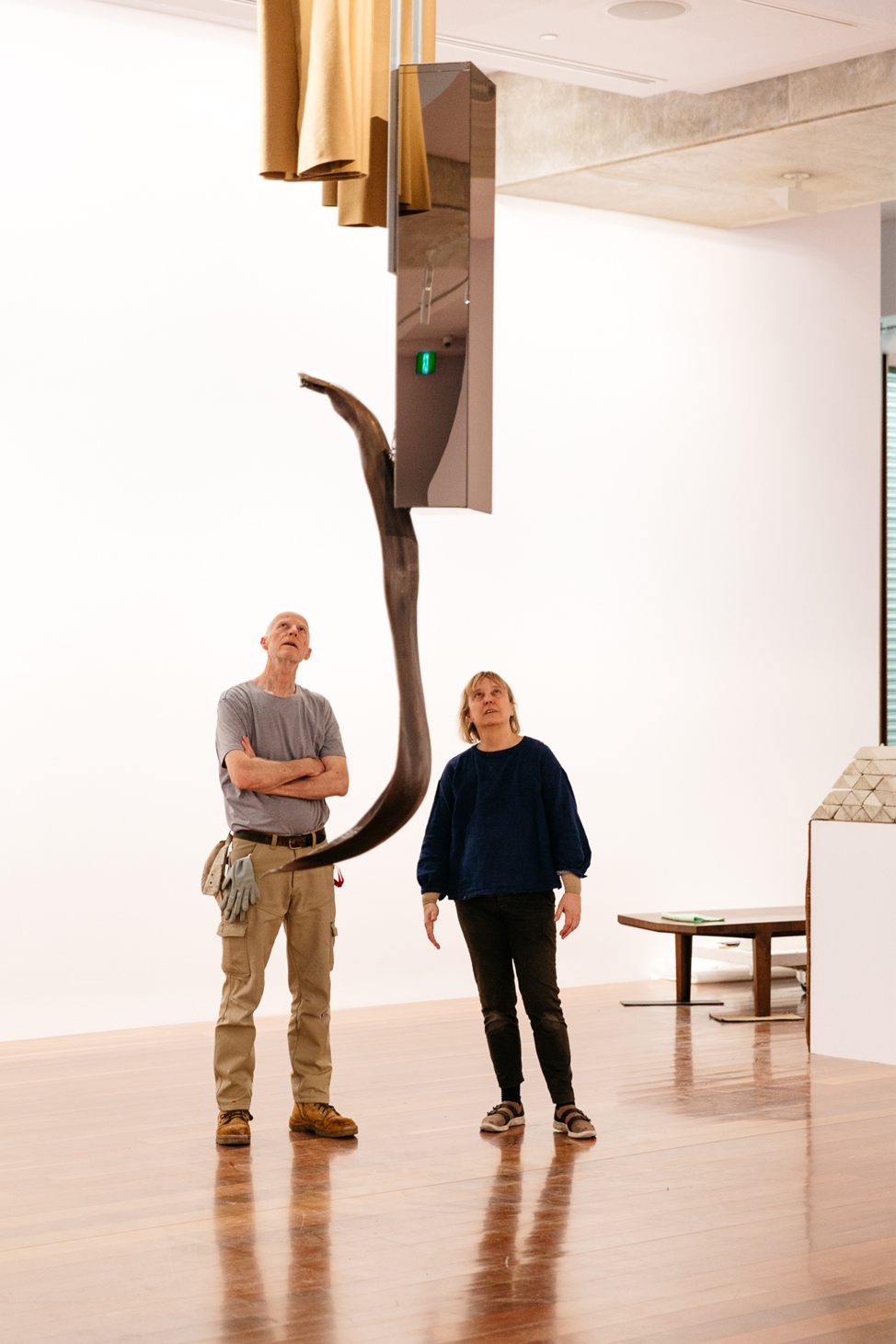
Gillian Brown: Louise, it might be good to start at the beginning. Were you always intent on working in sculpture?
Louise Haselton: The short answer to that is ‘no’. It was not in my thinking until I got to art school in my late 20s. At that time, when I started studying visual art, as it was then known, I thought that to be an artist was to be a painter, and that’s what I went to art school thinking that I would continue on with in painting studies.
But I left that pretty soon. After going to art school, I was introduced to all sorts of other mediums, approaches, ideas, and attitudes within contemporary art, so I loved working in a three-dimensional way quite early on. And in a way, it was a way of going back to activities and things that I’d done as a child and growing up.
I’d always been someone who had gathered, and made, and constructed, and built these silly, little things, but wasn’t aware that that was something that could be professionally considered.
Gillian Brown: I’d like to ask you a little bit about that process because it’s obvious that your materials inform your making and that research. You’re drawn to ‘secondary objects’, objects that might be overlooked or maybe not quite fit for purpose. Would you agree?
Louise Haselton: Yes. I’m drawn to overlooked things; it’s not a conscious seeking out of objects or materials with particular qualities. I think they are things that I select almost incidentally. Not really necessarily thinking, ‘I’m going to go out and find this particular thing today’. But always with one eye, one part of my brain alert to the materials, the thingness of the world I live in. I’m just looking at some of the things I’ve chosen here. The things that I live with, and often, will see repeatedly, things that stay with me after I’ve left them, are things that I will go back to and consider for materials.
Often, things that maybe have been enacted upon by the environment or the world around us without my volition or control. I’m thinking particularly about this safety barrier fence [artwork Fence for Friends], which, until quite recently, was an object, which corralled me every time I went across Port Road to go to my supermarket.
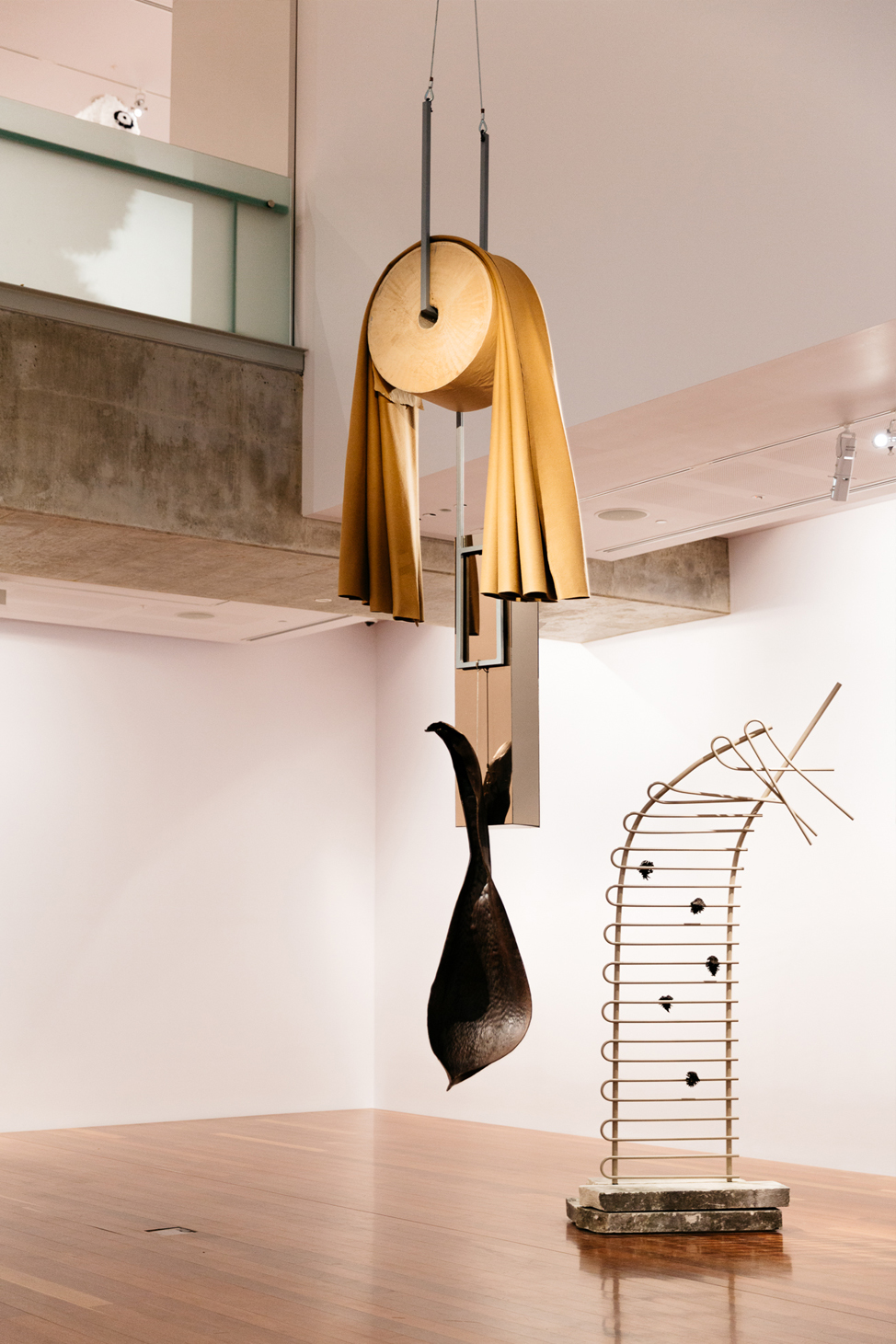
And one day it had been clearly hit by someone going along, and I thought, ‘That’s quite fascinating’. I likedthat sense of impact, that sense of history that it had. It was just lying, quite forlorn, on the side of the road, and I actually felt an empathy to the object, so gathered it up and worked with it. Thinking about that a bit further, I’ve used, for instance, shells in my work, which are the way they are because they have a specific function. They house an organism, they protect that organism, and the object itself is a by-product of that function that I could never make, that I could never design. So, it has this sense of design for a particular function. It’s a pragmatic object, and something about that interests me.
Gillian Brown: It’s interesting you mention shells, because that brings me to the next idea I wanted to explore, which is the repetition of materials in your works. For example, as a very clear example for us, sitting here, that denim is repeated through a number of works, or that colour, that denim blue, in particular, is repeated through a number of works. It also happens across time, for example, the very large ball, roll of sisal was used in your installation Magic Objects [at AGSA in 2016]. So, I was wondering, do those materials, or colours, or elements, do they carry the same meaning through your works, or do they change over time?
Louise Haselton: They have a thread running through them. They have a core or a continuum, I think, in a way. For instance, that rather magnificent ball of sisal there, I have used it once before in an artwork, and it didn’t feel like it had been done with. It was still calling me back. It wanted another go. I didn’t feel like I’d finished with it, or I’d done the best that I could, or worked it to its resolution in a way. So, you’re right, I do hang on to things if I can, if storage space allows. This is one of the beauties of working in such a way, that piece can then be unassembled, possibly, and reworked down the track, as well. I do like the thought that artworks have this ongoing life and ongoing sense of potential or possibility about them.



